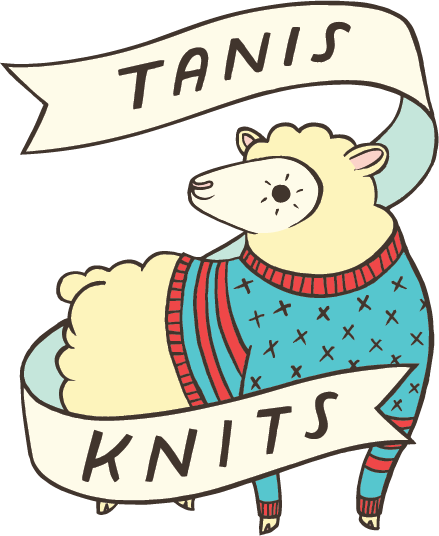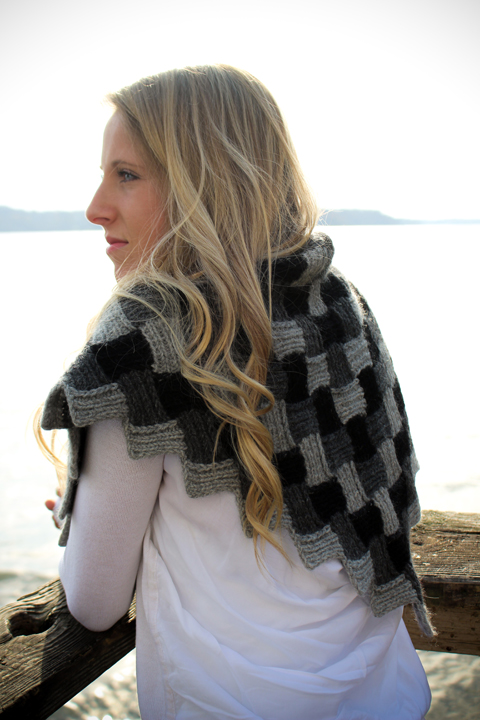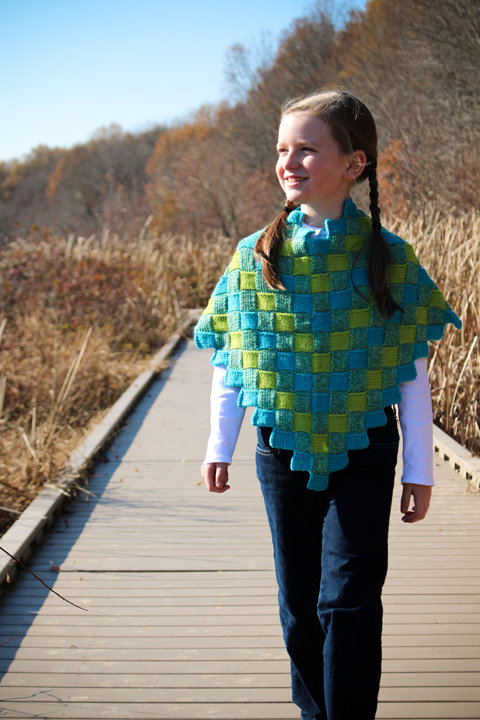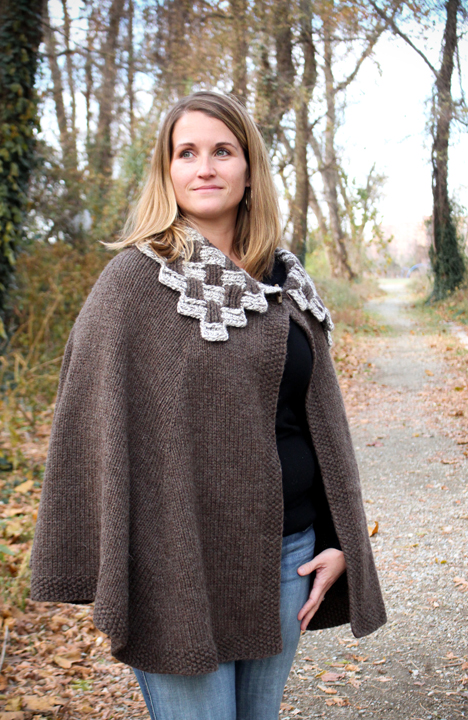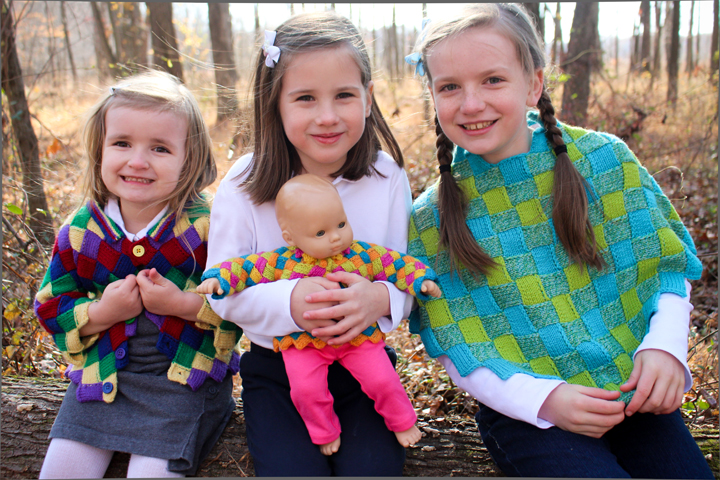Congratulations to phpdwp who was randomly selected to win a copy of this book! Check your email! -----------------------------
I recently photographed a book for knitwear designer, Laura Barker. Laura is a local Washington, DC designer specializing in a new technique called "mitered entrelac." I was delighted to photograph her first book and get to be called "photographer" of a book rather than "author" or "designer." Photographing my son and knitwear are my two favorite things to shoot and this book (just like all knitting books) really came alive once the photos were placed into the layout. Laura sat down with me to talk about her Mitered Entrelac book writing experience and bringing me on board as photographer...
Tanis Gray (TG): We’ve all heard about entrelac, but mitered entrelac is something new. Can you tell us about it?
Laura Barker (LB): Mitered entrelac is entrelac that begins in the middle and works outward in bands of color. The bands of color are actually four tiers of entrelac with special blocks at each end to turn the corners. Because the corners reminded me of the mitered corners of a picture frame, I named the technique "mitered entrelac."
TG: Tell us about your book. Did you always want to do something like this?
LB: There are very few people who would ever have guessed that I would write a book, myself included. This really started with my love of construction, knitting, teaching, and a design idea. When that design idea turned into a new technique, and I realized how much information was needed for knitters to successfully work my designs, it grew into a book.
TG: What was the hardest part about making your book?
LB: I've worked as a design engineer and a high school math teacher, both of which influence my knitting design, but I'd never run a business. Fortunately, my husband has, and I couldn't have done it without him. The other difficult part is that writing any book is a very personal endeavor, but decisions about it need to impersonal. I'm still working on that balance.
TG: You self-published! Tell us about that experience and doing it all yourself!
LB: I actually went back and forth about how to publish. While I did eventually "self-publish," that is such a misnomer, because it wasn't alone. I had the benefit of a professional designer and photographer. Not only did your photographs elevate the book from something crafty to something beautiful, your experience with publishing your seven books was invaluable too. Friends stepped up to edit, test knit, and technically edit. This book truly took a village.
TG: Do you have a favorite project in your book?
LB: That's a bit like asking me if I have a favorite child. There are different things that make each project special to me. The blanket may be the best illustration of the technique. The companion bunny lovey was developed to use the leftover blanket yarn, but I especially love the entrelac ears. I wear the folk set from the cover almost every day, and I love the unusual construction of those. If I mention any other favorites, I'll have to talk about them all!
TG: Your book is jam-packed with excellent photo tutorials. How important was that for you to provide your readers with step-by-step instructions on your technique?
LB: With my background in education, I am so aware that there are many styles of learning. Some knitters may get everything they need from the step-by-step written instructions. Many knitters I've met are visual learners, so I wanted to provide a mix of diagrams, photos, and charts along with the words to enable them to master the technique. I particularly wanted the technique chapters to be as much like sitting in a class with me as possible.
TG: You told me it was a 2-year journey making this book. How did you feel once you were holding the finished product in your hands?
LB: I really can't describe it; the finished product was more beautiful than I had imagined. Of course, I had an excellent photographer! It was exciting that it happened over Thanksgiving when my family was home. They been such a source of encouragement through the project, and I loved experiencing the first copy with them.
TG: Is this your favorite knitting technique?
LB: I love so many knitting techniques, especially ones featuring unusual construction, so naturally I am a big fan of moebius also. I especially love entrelac because it combines the zen repetition of knitting in each block with the opportunity for challenge in the overall design. It's especially fun to teach; because of the block-by-block nature, it's possible to master the steps individually.
TG: Any plans for a sequel?
LB: Yes; the sequel was begun before the first book was done. While I was developing the technique, I tried many different ideas. When I began writing the book, it was clear that there was too much new information for one book, and I needed to focus on more similar patterns in the first book to give knitters a chance to adjust to this new way of knitting entrelac. This book has only a few items that join mitered entrelac parts together or to other work. The second book explores new ways of combining mitered entrelac. The only negative feedback I've gotten about mitered entrelac so far is that the tote bag I created for Rhinebeck isn't in the first book.
TG: What advice do you have for knitters who want to try their own hand at designing?
LB: Go for it, but write everything down. I can't tell you how many times I assumed I could never forget a needle size, or how I changed a line of a pattern, and had to go back and completely rework something to get the written instructions precise. It takes such discipline to write the pattern first when I have a new idea, but it makes the whole process so much smoother.
------------------
Thanks, Laura, it was an honor to shoot your book!
Laura has been kind enough to offer up a giveaway copy of her new book! Leave a comment in the blog post about which project you like the best (see all 14 projects in the book here) and you'll be entered in to win. A winner will be chosen at random on January 1.
